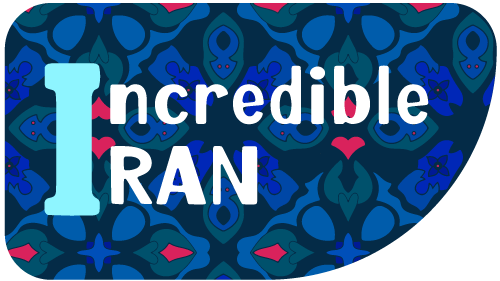A Journey Through Iran's Unique Stepped Villages
What you will read in this article:
What defines a stepped village in Iran?
Stepped villages in Iran are characterized by their terraced architecture, which is adapted to mountainous terrain. Homes are built into the slopes such that the roof of one house serves as the courtyard or garden of the home above it. This distinctive design minimizes the use of flat land and often provides excellent insulation against severe weather.
What cultural significance do stepped villages hold in Iran?
These villages are a testament to the adaptability and ingenuity of rural Iranian communities. They reflect a traditional way of life that is closely tied to the natural environment. The architecture not only provides a practical solution to housing on steep slopes but also fosters a unique communal lifestyle where neighbors are closely interconnected.
Are there accommodations for tourists in stepped villages
Many stepped villages offer guesthouses or homestays that allow visitors to experience local life. Staying in these accommodations supports the local economy and provides an immersive way to understand the culture and daily routines of the villagers.
What should I prepare for when visiting a stepped village?
Expect a lot of walking on steep and uneven paths, so wear comfortable walking shoes. Since these villages are often located in remote areas, it’s a good idea to bring necessary supplies like water, snacks, and first-aid items. Visitors should also be prepared for basic accommodations if planning to stay overnight.
Which stepped villages are a must-see for travelers to Iran?
Masouleh and Palangan are among the most famous stepped villages due to their striking architecture and picturesque settings. Masouleh is particularly well-known for its fog-covered landscapes and vibrant market, while Palangan impresses visitors with its scenic views and traditional Kurdish culture.
How can I visit stepped villages responsibly?
Respect the privacy and traditions of the local residents. Ask for permission before taking photos, especially of people. Try to minimize your environmental impact by avoiding littering and stick to marked paths to preserve the natural and built environment.
When is the ideal time to explore stepped villages?
The best time to visit these villages is during spring (April to June) or early autumn (September to October) when the weather is mild and the landscapes are at their most lush and vibrant. This timing avoids the harsh winters and hot summers that can make traveling in mountainous regions uncomfortable.
Frequently Asked Questions: Exploring Iran’s Stepped Villages
Palangan Stepped Village
Kamyaran city in Kurdistan province is one of the regions in Iran that boasts numerous natural attractions. Palangan is among Iran’s terraced villages located in this region, about 45 kilometers from Kamyaran. The town dates back to pre-Islamic times and is renowned for its abundant springs and scenic valleys, adding a distinctive charm to the area. The warm and temperate summers of Palangan, its beautiful historical castle, perennial mineral springs, and Stepped waterfalls are among its tourist attractions. No vehicles are allowed to enter the village. Approximately 1,000 people live in this village, and interacting with them will provide a delightful experience of hearing the sweet Urami dialect. The pleasant weather in the springtime attracts nomads, who migrate here and showcase captivating ceremonies during their migration, becoming one of the prime attractions for tourists.
Ashtebin Stepped Village
There’s a paradise-like region in East Azerbaijan called Ashtebin, located along the shores of the Aras River, nestled amidst towering emerald-green mountains. The mesmerizing blue skies of this astonishing village and the sound of the river and the forests surrounding it are truly captivating. Sericulture has traditionally flourished in this village, drawing many tourists. The ancient graveyard and marble inscriptions from the 9th and 10th Hijri centuries speak of the village’s long history. Be sure to try the bread baked by the local women of this village.
Oraman Takht, Kurdistan
Oraman Takht is another of Iran’s terraced villages in Kurdistan province. This village hosts numerous domestic and international tourists annually, quickly making it one of the country’s top tourist attractions. The superb mountainous region is situated on the Iran-Iraq border, attracting countless visitors yearly. To reach Oraman Takht, one must travel approximately 65 kilometers from Marivan. One of the main reasons for its popularity among tourists is two ceremonies held there, on the last Thursday leading up to February 4th and May 5th, named “Komsay,” each with unique traditions. Beyond its untouched nature, the local dress and foods cooked in this area also appeal significantly to tourists.
Kang Stepped Village
Esfidan Stepped Village
Hejij Stepped Village
Roein Stepped Village
Stepped Village of Sar Agha Seyed in Kouhrang
Stepped Village of Masouleh
Stepped Village of Zonuzaq
Exploring Iran
Special Tours to Iran for English Speakers
in your
Native language
